Summary
An Ancient Hub of Mayan Civilization
Nestled in the lush landscapes of Yucatan, Mexico, the Dzibilchaltun Mayan Ruins stand as a testament to the ancient Mayan civilization. This significant archaeological site once served as a thriving center for religious, commercial, and political activities. Its impressive structures and artifacts illustrate the advanced understanding the Maya had of astronomy, architecture, and the environment. Visiting Dzibilchaltun offers a glimpse into the sacred Temple of the Seven Dolls, named after the unique effigies found inside during the spring equinox. The ruins are not only a historical treasure but also a cultural beacon, shedding light on the successive eras of Mayan dominance and decline.
Get your dose of History via Email
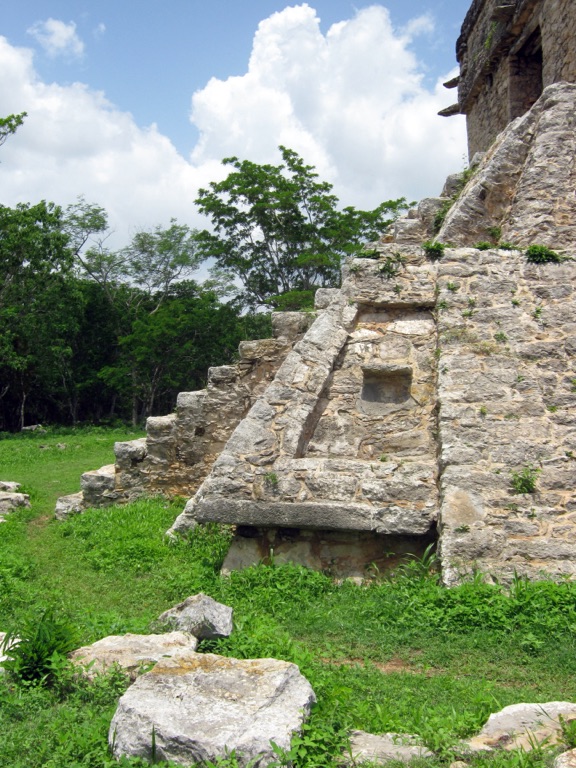
Exploring Timeless Traditions and Innovations
As explorers wander through the remnants of stone buildings and paved causeways, Dzibilchaltun reveals a society deeply intertwined with the cosmos. The site showcases an ancient observatory and a complex calendar system that underscores the Mayans’ sophisticated time-keeping methods. Artifacts and remnants point towards their innovative agricultural techniques and water management systems, including the remarkable cenote, Xlacah, which served as both a water source and a sacred place. These elements demonstrate the Mayans’ ability to adapt to their environment and maximize its resources to sustain a large population over many centuries.
The Unending Appeal of Dzibilchaltun
Dzibilchaltun continues to captivate visitors with its ongoing archaeological significance and serene natural beauty. It stands as a key destination for understanding the rich heritage of the Mayan civilization. Educational programs and guided tours offer deeper insights into the daily lives of the ancient Maya. The site also reminds us of the enduring spirit of human ingenuity. Dzibilchaltun, through its monumental ruins and the harmony between its structures and nature, draws enthusiasts eager to connect with a past that still holds many secrets waiting to be unveiled.
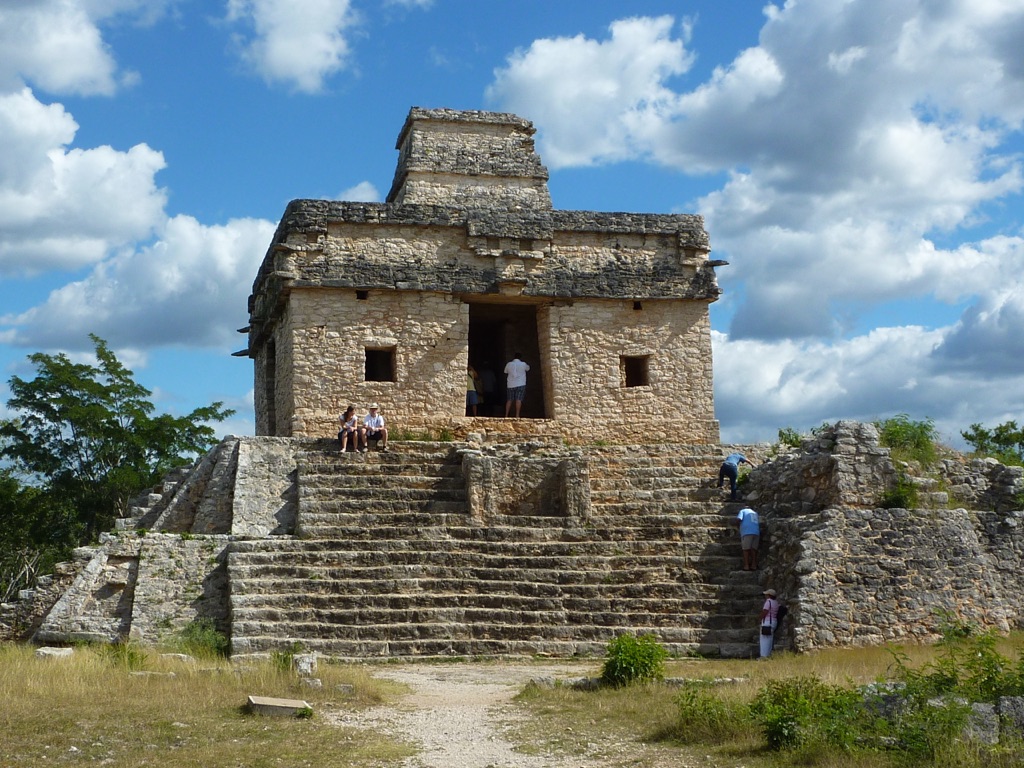
Historical Background of Dzibilchaltun Mayan Ruins
A Civilization’s Dawn and Dusk
Dzibilchaltun, once a major city in the Mayan world, dates back to as early as 1500 BCE. At its zenith, it was home to nearly 20,000 inhabitants. Remarkably, its timeline spans over millennia, witnessing eras of prosperity and decline. The city was an epicenter of culture, commerce, and religious practice. It played a pivotal role in shaping the Mayan civilization. As we delve into its ruins, we unearth stories from a society that thrived in the arts, knowledge, and adaptation. The city’s longevity offers a unique look into the Mayan history, marking both its rise and its eventual slow fade as newer cities emerged.
The Temple of the Seven Dolls
Interestingly, the place gets its name from the Temple of the Seven Dolls. This structure was discovered with seven small effigies nestled within it. The temple marks the vernal equinox, displaying the Mayans’ depth in astronomical knowledge. On this day, the sun beams through its doorway, casting a blend of light and shadow. It signifies the balance of day and night. The event draws a crowd yearly, showing that centuries later, Dzibilchaltun still ignites wonder and respect for the Mayan’s celestial prowess.
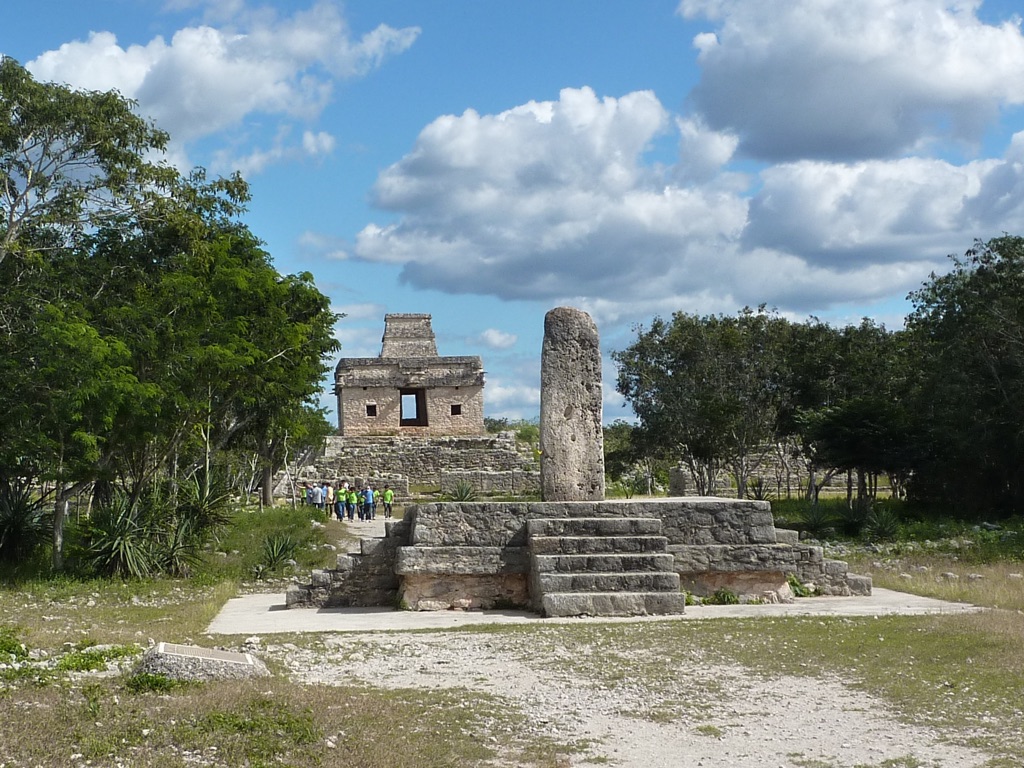
Complex Society and Infrastructure
Evidence tells us the Maya of Dzibilchaltun built complex public squares, administrative buildings, and homes. These structures point to a society organized in hierarchy and community. They also developed an intricate road system, known as sacbeob, which connected cities. Moreover, they constructed cenotes for water storage, central to their survival in the Yucatan’s dry terrain. This level of urban planning and infrastructure showcases a civilization ahead of its time, with a well-thought-out approach to city living.
In conclusion, Dzibilchaltun stands not just as a ruin but as a narrative of a dynamic and enduring civilization. Its influence on the Mayan world is undeniable, seen in its architectural feats and spiritual sites. Through careful excavation and preservation, the site offers invaluable insights into an ancient culture that still stirs the curiosity and admiration of many.
Visitors today can explore Dzibilchaltun’s grounds and marvel at the brilliant city planning that has withstood the test of time. They can walk the ancient sacbeob, reflect by the cenote, or be present at the equinox ceremony. The historical site embodies the resilience and ingenuity of the Maya, a testament to their mastery over their environment and the cosmos.
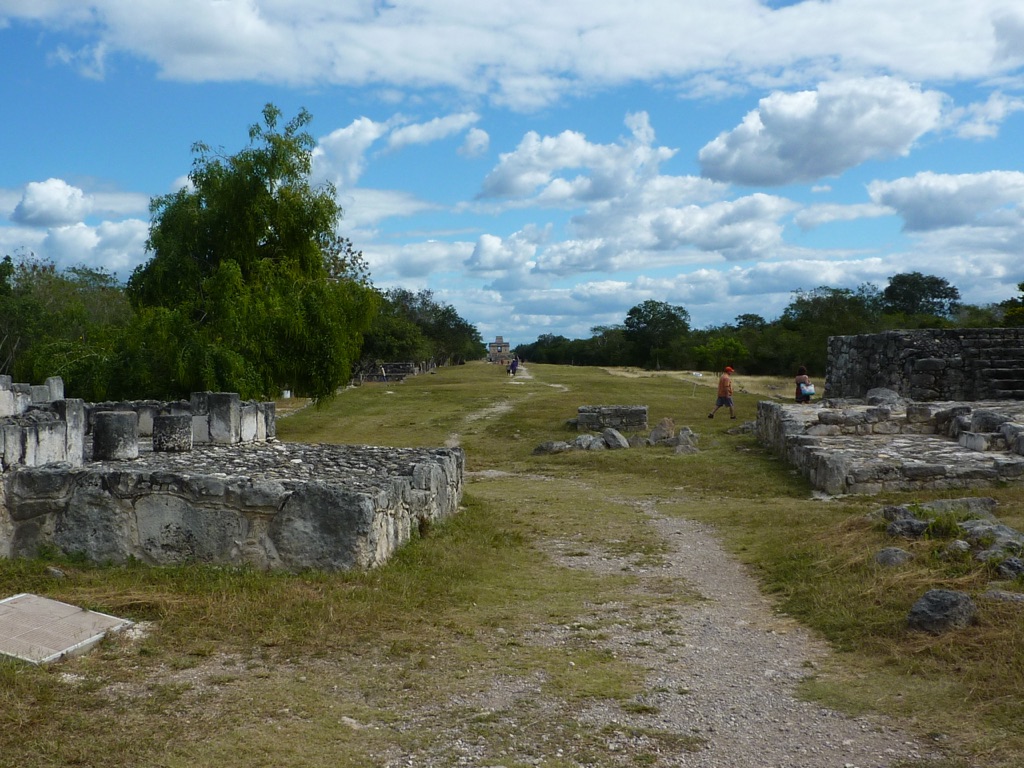
The Discovery of Dzibilchaltun Mayan Ruins
Early Encounters and Recognition of Dzibilchaltun
In the 19th century, Dzibilchaltun began to emerge from the shadows of history. Travelers and explorers initially stumbled upon the ruins, obscured by dense jungle overgrowth. Among them, John Lloyd Stephens and Frederick Catherwood, notable for their work in the Maya region, mentioned Dzibilchaltun in their accounts. However, it wasn’t until the mid-20th century that the site gained broader recognition. Archaeologists commenced systematic excavations, revealing its true extent and importance. The ruins were a revelation that shed light on the grandeur of ancient Mayan civilization.
The Role of Early Archaeologists
Pioneering archaeologists played a crucial role in uncovering Dzibilchaltun. One such figure was E. Wyllys Andrews IV, who carried out significant work in the 1950s. His efforts, along with those of other experts, laid the groundwork for understanding Dzibilchaltun’s role in Mayan history. The Temple of the Seven Dolls was one of the first structures to be excavated, named for the unique artifacts found within it. Throughout the decades, excavations have continued, with each layer of unearthed earth revealing more knowledge.
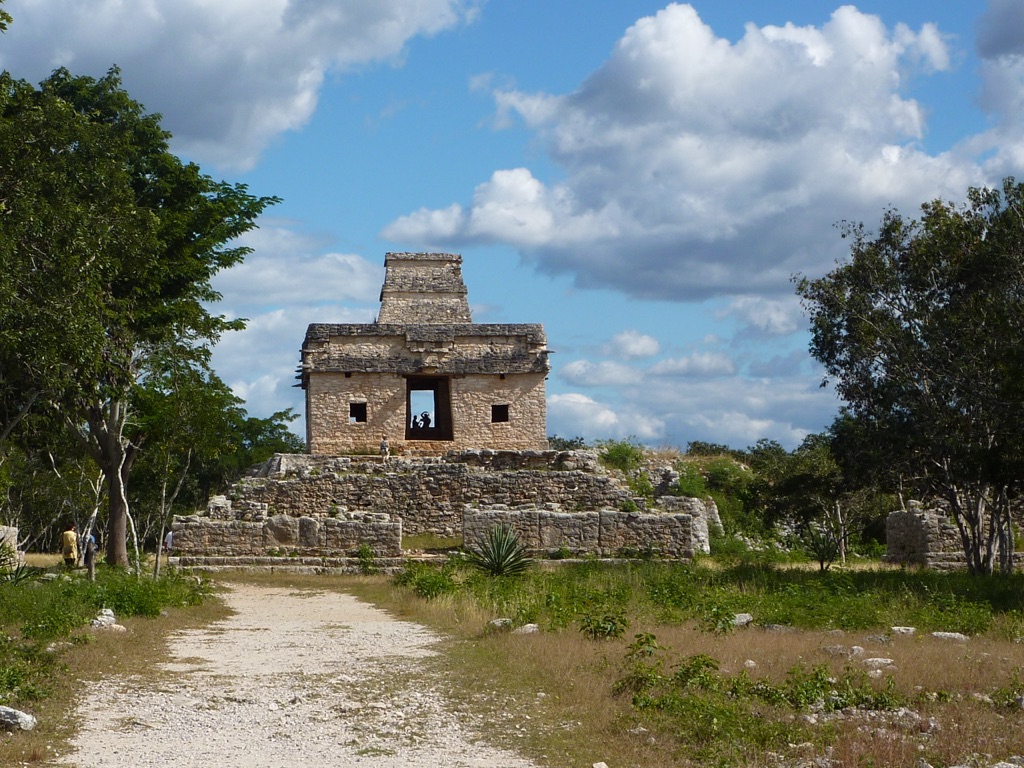
Insights from Artifacts and Structures
Archaeologists found many artifacts that unlocked the site’s past. These included ceramics, tools, and the famed dolls from the temple. The sacbeob, or white roads, hinted at a highly connected civilization. The cenotes, too, suggested innovative water management systems. Each discovery added to the story of a people deeply attuned to their environment. With these findings, Dzibilchaltun transitioned from legend to a documented chapter of human history. It started to draw global attention from scholars and the curious alike.
Today, Dzibilchaltun stands as a monument to human endeavor, with guided tours and educational programs. It is a testament to the scholarly dedication that brought its stone structures back into the light. At the heart of the site, the cenote still reflects the sky above, a mirror to the past and a well of continuous discovery.
Dzibilchaltun continues to captivate as new discoveries constantly enrich our understanding of Mayan culture. The ruins, now partly reconstructed, help form a clearer image of this mighty civilization. As archaeological methods progress, the promise of even deeper insights into the ancient Maya lies in wait, hidden just beneath the surface.
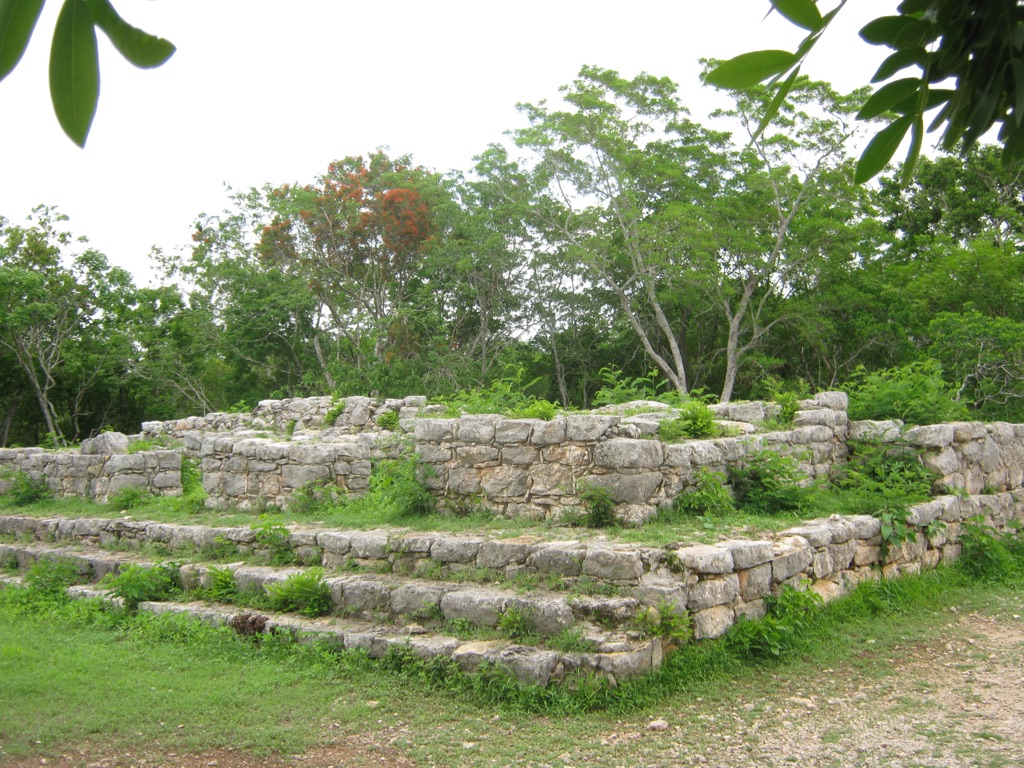
Cultural Significance, Dating methods, Theories and Interpretations
Cultural Significance of Dzibilchaltun
Dzibilchaltun boasts a rich cultural significance due to its historical role in the Mayan civilization. It was more than just a city; it was a political, economic, and religious hub. Its connection with celestial events, especially at the Temple of the Seven Dolls, highlights the Mayans’ deep astronomical knowledge. The city’s symmetrical layout and extensive sacbeob reflect their sophisticated urban planning. As a place of pilgrimage and study, Dzibilchaltun has given scholars insight into the spiritual life of the Mayan people, sustaining its relevance across time.
Dating Methods Applied to the Ruins of Dzibilchaltun
To unravel the timeline of Dzibilchaltun, archaeologists have used various dating methods. Radiocarbon dating has been pivotal in determining the age of organic materials found on-site. This method revealed that the site has been occupied for millennia, dating back to around 1500 BCE. Additionally, stratigraphy has aided in understanding the site’s historical layers. These dating techniques ensure a more accurate history of Dzibilchaltun, piecing together the chronology of its development and decline.
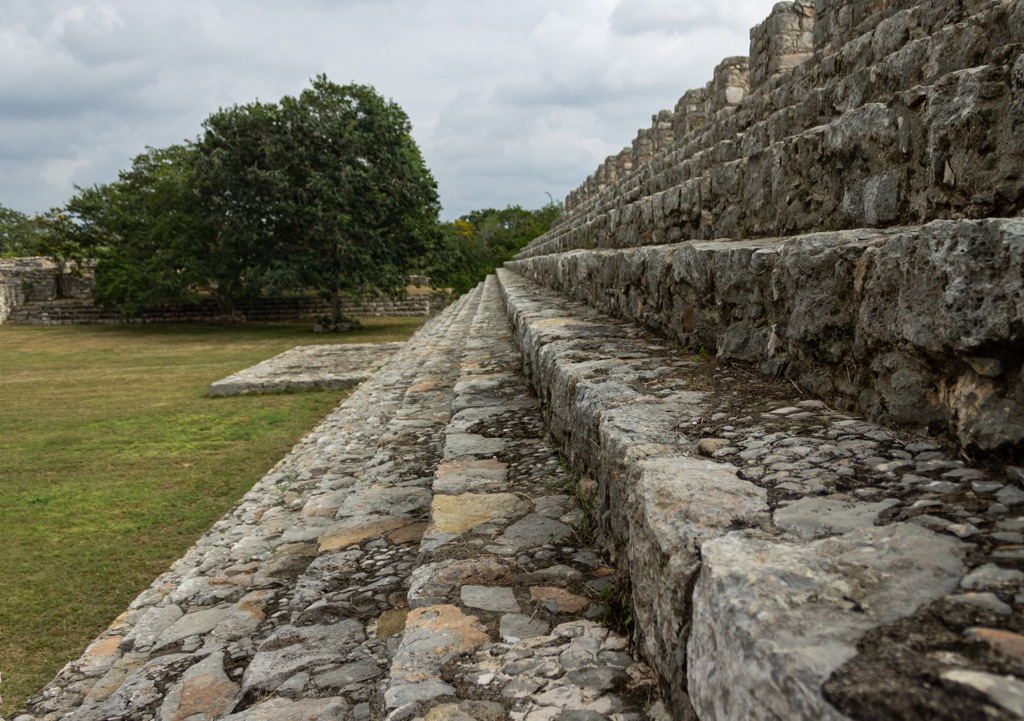
Theories on the City’s Decline
The decline of Dzibilchaltun has spurred numerous theories. Some experts believe environmental changes, such as prolonged droughts, strained water resources. Others point to internal social upheaval or external pressures from emerging Mayan cities. These theories highlight the complex interplay of factors that might have led to the city’s eventual decline. They underscore the need for ongoing research to fully comprehend the fall of an ancient metropolis.
Dzibilchaltun is also ripe with interpretations of its architecture and artifacts. The cenote, for example, is believed to have been both a practical water source and a sacred space for rituals. The Temple of the Seven Dolls is thought to have been a critical site for equinox celebrations. These interpretations bring the city’s stones alive with stories of ceremonial grandeur.
Interpreting the site’s history is ongoing, with new evidence leading to revised understandings. As a result, Dzibilchaltun remains an active field of research, where every artifact and structure has the potential to reshape historical narratives. The ruins thus offer endless opportunities for discovery, continuing to inspire and educate about the complexities of the Mayan way of life.
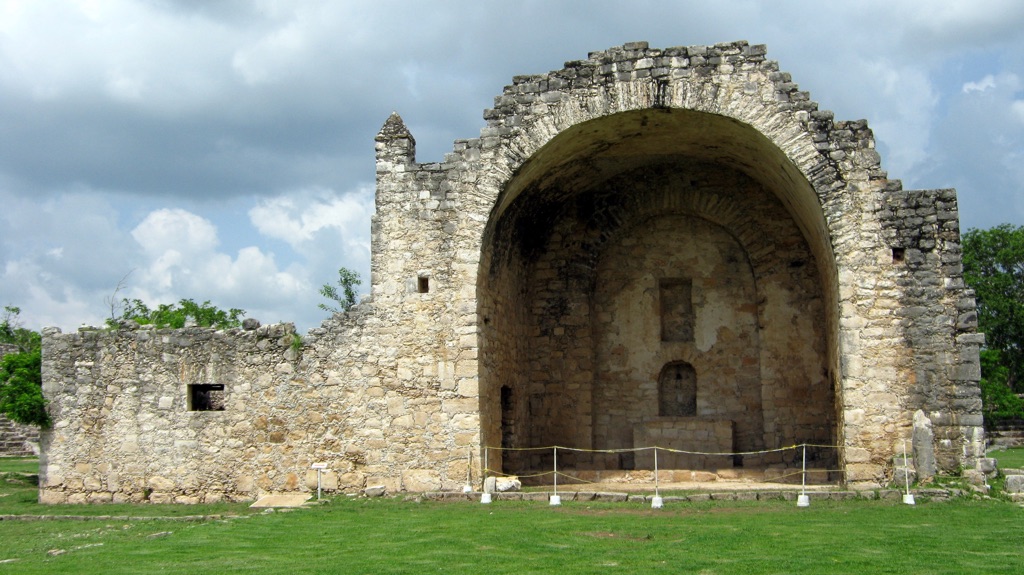
Conclusion and Sources
Dzibilchaltun Mayan Ruins offer an irreplaceable glimpse into the ancient Mayan civilization, showcasing their ingenuity, spirituality, and resilience. The site encapsulates millennia of history, from its rise as a central hub to its decline and rediscovery. Through ongoing research and advancements in archaeological methods, every layer uncovered adds to the richness of our understanding of this remarkable culture. Dzibilchaltun stands today not merely as a testament to the past but as a beacon for future explorations into the depth of human history.
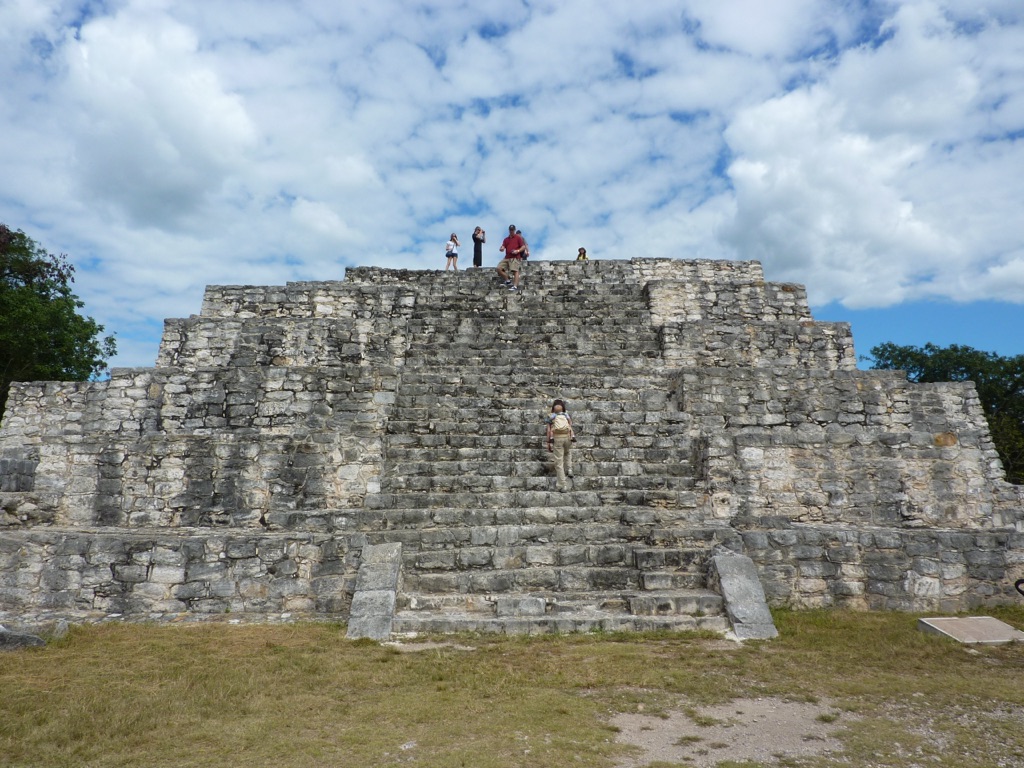
For further reading and to validate the information presented in this article, the following sources are recommended:
Or you can check any of these reputable archaeological and historical texts:
Andrews, E. Wyllys., IV. (1970). Balankanche, Throne of the Tiger Priest. Middle American Research Institute, Tulane University.
Coe, William R. (1980). ‘Excavations in the Great Plaza, North Terrace and North Acropolis of Tikal’. Tikal Report No. 14. University Museum Monograph 61, University of Pennsylvania.
Folan, William J. (1983). ‘Coba: A Classic Maya Metropolis’. Academic Press Inc.
Hammond, Norman. (1992). ‘Ancient Maya Civilization’. New Brunswick: Rutgers University Press.
Piña Chan, Román. (1980). ‘Dzibilchaltun’. Publication of the National Institute of Anthropology and History, Mexico.
Sharer, Robert J. & Traxler, Loa P. (2006). ‘The Ancient Maya’. Stanford University Press.
